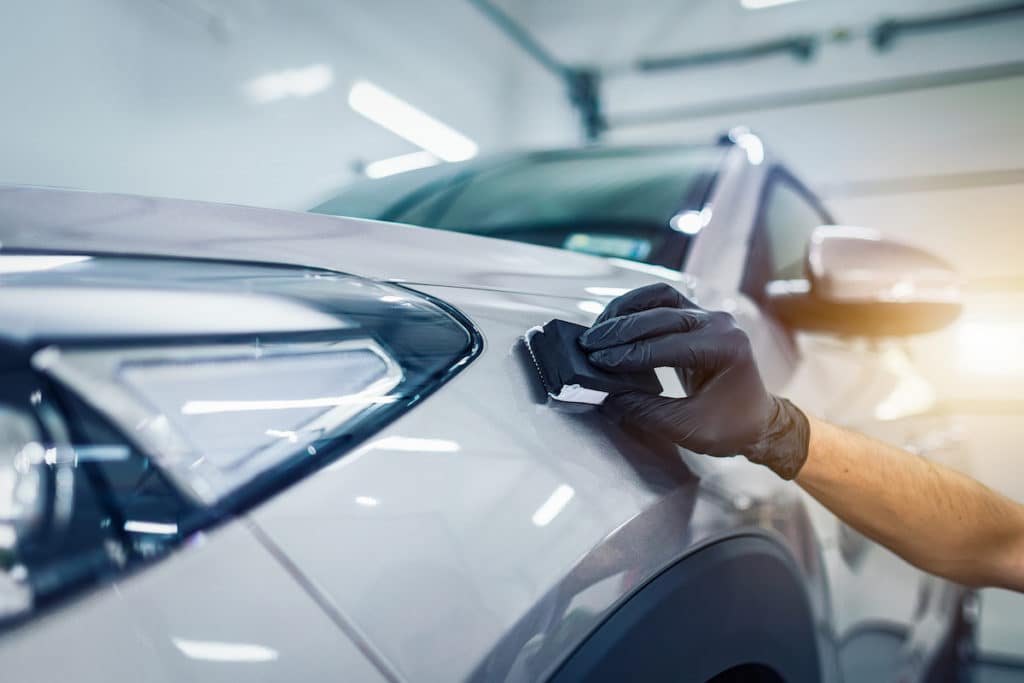A Comprehensive Guide to the Sorts Of Ceramic Finish on the marketplace
Ceramic coatings have become an essential remedy across numerous markets due to their distinct residential or commercial properties and applications. From silica-based solutions understood for their effectiveness to hybrid options that combine several advantages, the choices offered can be frustrating. Recognizing the subtleties of each type, including their certain advantages and suitable use situations, is vital for making informed decisions. As we discover the unique characteristics and applications of these finishes, the effects for performance and long life become progressively noticeable, questioning about which type may best suit your needs.
Understanding Ceramic Coatings
Ceramic finishings are advanced protective services that have acquired popularity in different industries, specifically in auto and aerospace applications. These coatings contain a liquid polymer that, when cured, develops a long lasting, hydrophobic layer on the surface area of the substrate. This layer offers improved resistance to environmental contaminants, UV radiation, and chemical exposure, therefore extending the life and visual allure of the underlying product.
The basic element of ceramic finishes is silica, which contributes to their solidity and longevity. The application procedure generally includes surface prep work, application of the layer, and treating, which can be achieved through warmth or UV light. When cured, ceramic coatings display exceptional bonding homes, allowing them to stick highly to a variety of surfaces, consisting of metals, plastics, and glass.
Along with their protective functions, ceramic layers additionally use convenience of upkeep. Their hydrophobic nature minimizes the adherence of dust and crud, making cleansing simpler and much less constant. Generally, the adoption of ceramic coverings stands for a substantial advancement in surface security technology, supplying both functional and visual benefits throughout multiple sectors.
Kinds Of Ceramic Coatings
Different types of ceramic coverings are readily available, each developed to satisfy particular efficiency demands and applications - scratch repair sarasota. One of the most common types consist of:
Silica-based Coatings: These layers mainly contain silicon dioxide and are known for their durability and chemical resistance. They are extensively used in vehicle and commercial applications.
Titanium Dioxide Coatings: Renowned for their photocatalytic homes, titanium dioxide finishes are usually applied in settings where self-cleaning and antifungal buildings are preferable, such as in building materials and auto surfaces.
Zirconia Coatings: Defined by their high-temperature stability and thermal resistance, zirconia coatings are used in applications such as turbine engines and high-performance automobile parts.
Alumina Coatings: Showing superb firmness and thermal stability, alumina finishes are regularly used in wear-resistant applications, consisting of cutting tools and commercial machinery. - ceramic coating sarasota
Hybrid Coatings: Combining the residential properties of different materials, hybrid layers supply improved performance qualities, making them suitable for one-of-a-kind and requiring applications.
Each kind of ceramic covering serves distinct purposes, enabling users to pick one of the most appropriate option based upon details ecological problems and performance needs.
Benefits of Ceramic Coatings
Coatings play a vital function in boosting the efficiency and durability of surfaces throughout different sectors. Ceramic layers, specifically, deal various benefits that make them progressively preferred amongst makers and customers alike. One of the key advantages is their remarkable toughness. These finishings are resistant to scratches, chemicals, and UV site here rays, making sure that the underlying surface area stays protected in time.
In enhancement to longevity, ceramic layers supply outstanding hydrophobic residential properties, permitting simple cleansing and upkeep. This water-repellent nature reduces the adherence of dirt, gunk, and various other impurities, which can extend the aesthetic charm and performance of the surface area. Ceramic layers can significantly enhance thermal resistance, making them perfect for applications that endure high temperatures.

Application Process
When applying ceramic finishings, a thorough technique is essential to directory attain optimal outcomes. A tidy surface makes sure correct attachment of the covering.
When the surface area is prepped, the following action is to apply the ceramic covering. The finish must be used in thin layers, as thicker applications can lead to unequal coatings.
After application, the coating calls for a specific healing time, normally ranging from a couple of hours to a full day, depending on the product. During this moment, it is crucial to prevent exposure to wetness or impurities. A gentle buffing may be necessary after healing to enhance the gloss and eliminate any type of high places. Following these steps carefully will optimize the effectiveness and durability of the ceramic finishing, supplying a resilient safety layer for the surface.
Maintenance and Longevity
To ensure the durability and performance of a ceramic layer, routine upkeep is necessary. Ceramic finishings, known for their durability and safety high qualities, call for certain treatment routines to optimize their life expectancy and performance.
Along with regular washing, periodic inspections are essential. Try to find indicators of wear or damage, such as hydrophobic residential or commercial properties lessening or surface flaws. If needed, a light gloss might be related to revitalize the layer without removing it away.
Furthermore, the application of a booster spray can improve the finish's hydrophobic effects and recover its gloss. This is particularly useful for finishes that have actually remained in usage for an extended period. try these out Eventually, by adhering to these maintenance methods, one can significantly extend the life of a ceramic finish, making certain that it continues to offer ideal defense against environmental aspects and preserve the visual appeal of the lorry.
Conclusion
